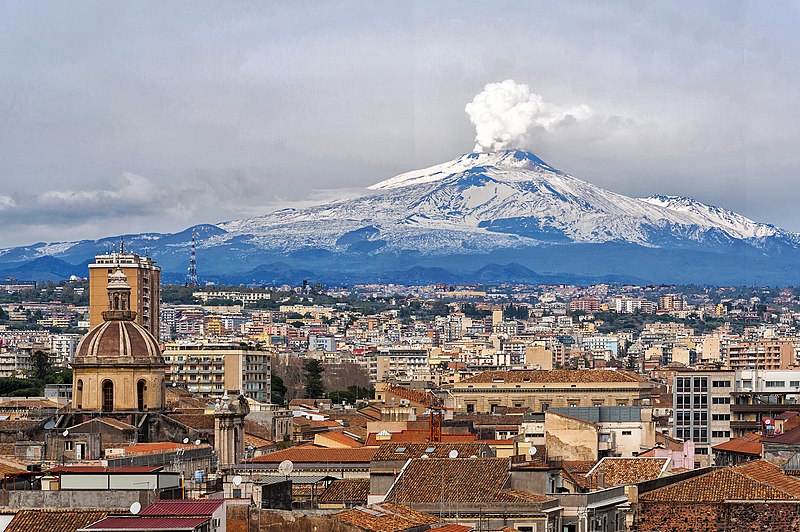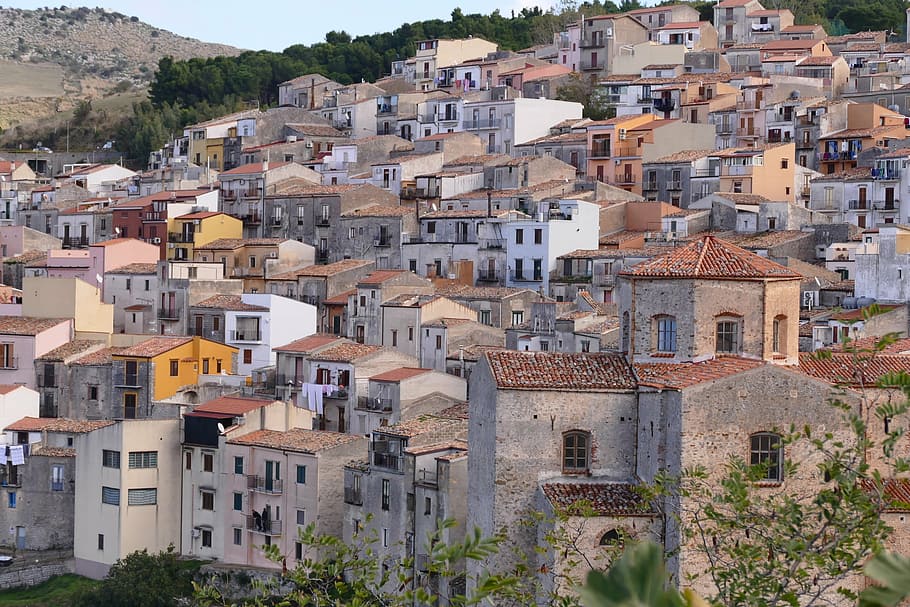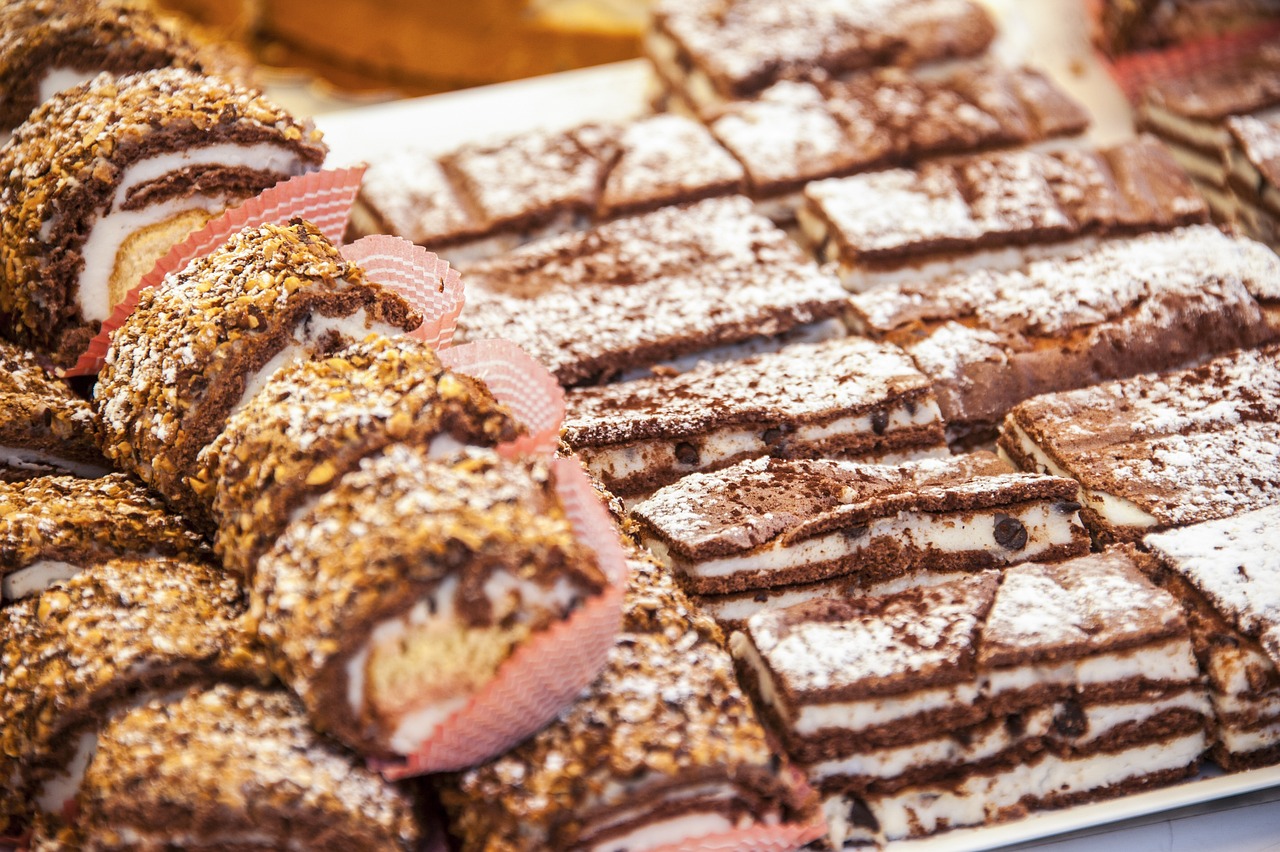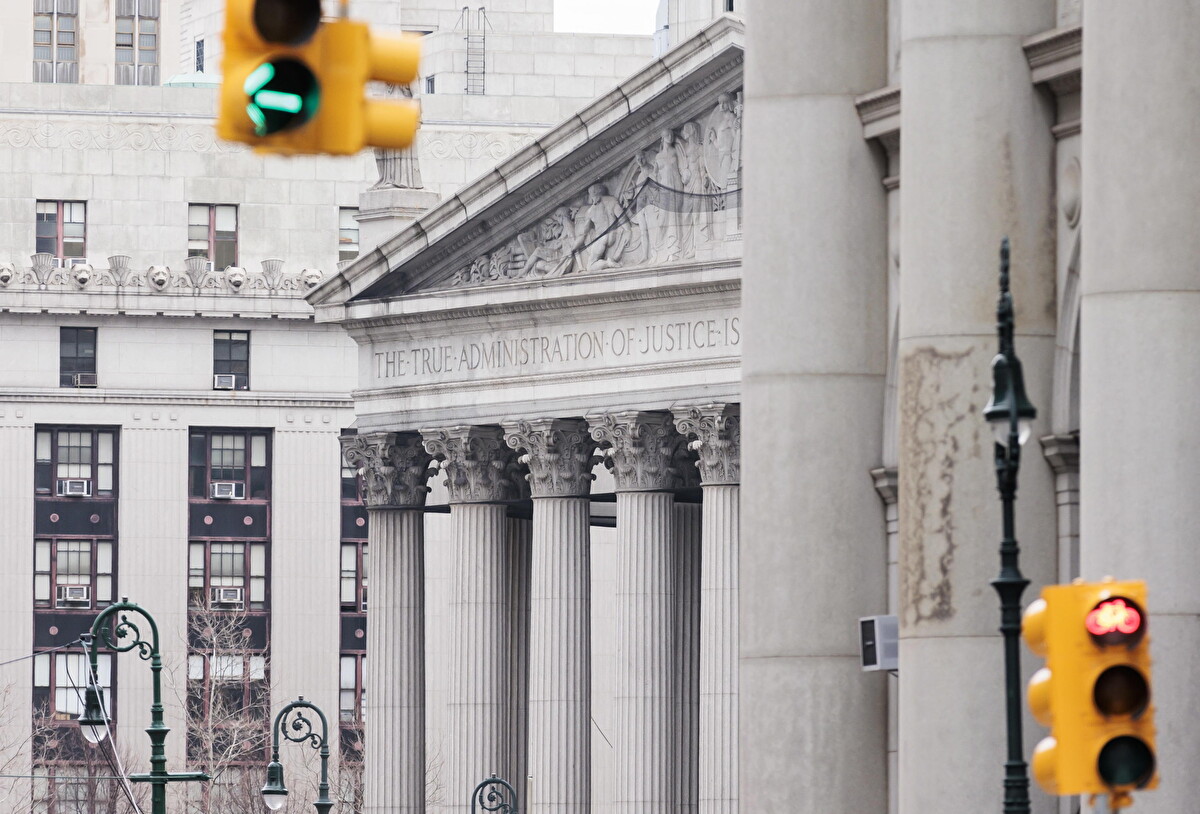Sicily, a place that is dear to the hearts of its many transplanted children and tourists alike. Its beauty is stunning, from the rocky coasts to its arid interior, and its looming volcano, Mount Etna. Italy’s largest island, Sicily offers exceptional beaches, charming villages and towns, as well as an abundance of ancient ruins and archeological sites. It’s a Mediterranean paradise of dramatic landscapes, glorious coastline and awesome architecture reflecting the many cultures it has hosted—not always happily—as some were invaders and occupiers. But all of them have left a trace.

For centuries, Sicily has been a bubbling caldron of the different cultures that have landed on the island. Globalized and multicultural before those words were even coined. That makes its culture, architecture and even food completely unique — a fascinating blend of Mediterranean influences, from the ancient Phoenicians and Greeks (whose temples still are scattered around the coast) to the later Arabs and Normans.
Many visitors stick to the east coast, around tourist hotspots Taormina and Syracuse, with their ancient remains and famous hotels. But really you should start at the western end: Palermo, Sicily’s bustling—and sometimes wildly chaotic capital–is one of Italy’s finest cultural cities.

Beyond it, the coastal towns of Trapani, Marsala and San Vito lo Capo hum with Sicilian tradition. You could spend a lifetime exploring the ancient ruins scattered all over the island, but start with the Greek temple at Segesta, the Dancing Satyr bronze statue at Mazara del Vallo (scooped out of the sea by fishermen), and the temple complex at Selinunte, which is far less visited than that of Agrigento.

Don’t miss chi-chi Sciacca, a town and comune in the province of Agrigento on the southwestern coast, suspended over the brilliant blue Mediterranean where the locals go to strut their stuff in their evening passeggiata (stroll). Or the town of the Val di Noto, rebuilt in frothy Baroque style after an earthquake razed it to the ground in 1693.
All those places are around the coast — but to see the other, more traditional, face of Sicily you’ll need to visit the entroterra, or inland Sicily. Mussomeli, Gangi and Cammarata are all ridiculously pretty — and if you fall in love, they all sell 1-euro homes for you to grab.

Of course, you’ll want to join the crowds to see Mount Etna, but what about the islands? Can’t miss that. Escape to the Aeolians, volcanic islands wreathed in myth and legend where the water is crystal clear and warm the whole year through.
Sicily is a year-round destination, mild and sunny even during winter. If you’re after a summer vacation, try September — it’s still hot, and the Med has been warmed for months, but prices are lower once the crowds have dispersed. In May, the wildflowers bloom across the countryside, and in fall, the still-warm sunlight sets Baroque-sculpted cities aglow. Expect flamboyant island-wide festivities at Easter — like Trapani’s Processione dei Misteri. In May, Noto’s Infiorato festival sees the town’s streets “carpeted” with intricate flower art.
While on the island you’ll want to savor some of its typical delicacies and dishes.

Modica is famous for its gritty chocolate, made this way for centuries. Pasta alla Norma is a quintessentially Sicilian dish, pasta with cubes of eggplant in a tomato sauce, topped with ricotta salata. Or the equally famous Pasta Con le Sarde, a fragrant sauce made from onions, fennel, raisins, pine nuts, anchovies, sardines, and saffron. If you have a sweet tooth, you can’t miss La Pasticceria di Maria Grammatico in the lovely hilltop town of Erice, overlooking the city of Trapani from its height of 2,500 feet.
After enjoying your espresso and a cassatina siciliana, don’t forget to join the locals for their passeggiata.












